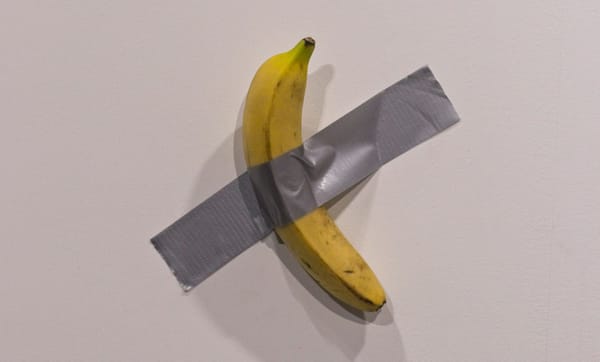Back to basics: What is Mean Reversion trading?

Continuing the "Back to basics" series, let's go over mean reversion trading. Think of mean reversion like a rubber band. When you pull a rubber band too far in one direction, it snaps back toward the center once you let go. In trading, the "mean" is that center point, the average price of a stock or asset over a certain period. Mean reversion theory suggests that, eventually, prices will tend to snap back to that average. The problem is that average is continually moving.
So, when a stock moves too far up or down from its average price, there’s a chance it will "revert" or move back toward that average. This is what mean reversion traders look for. They’re betting that extreme highs and lows don’t last forever, and prices will naturally return to their mean before they run out of money.
Generally speaking, a mean reversion strategy will have a "bad" Risk:Reward ratio, where you risk more than you gain. Mean reversion strategies win often but it may take some time. You don't want to "die by a thousand cuts", so your SL often needs to be further away than the TP (typically at the average).
Why Does Mean Reversion Happen?
Markets are driven by emotions, like fear and excitement. When price shoots up



